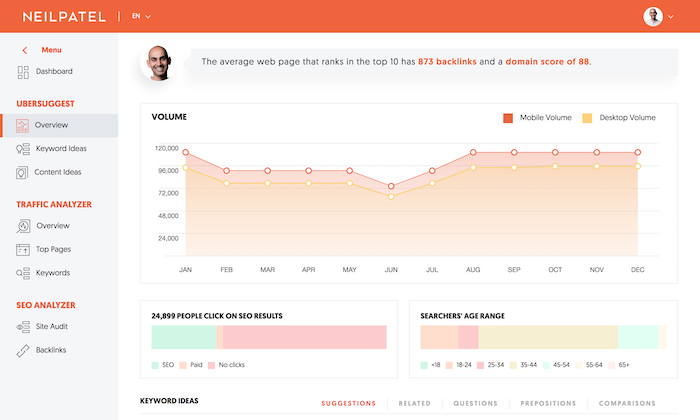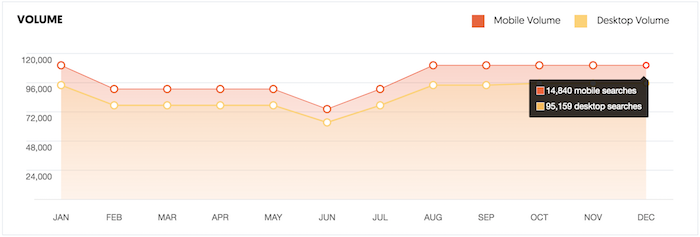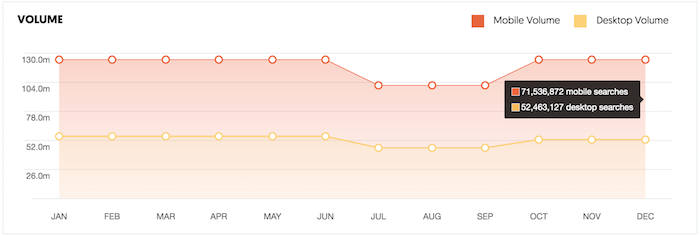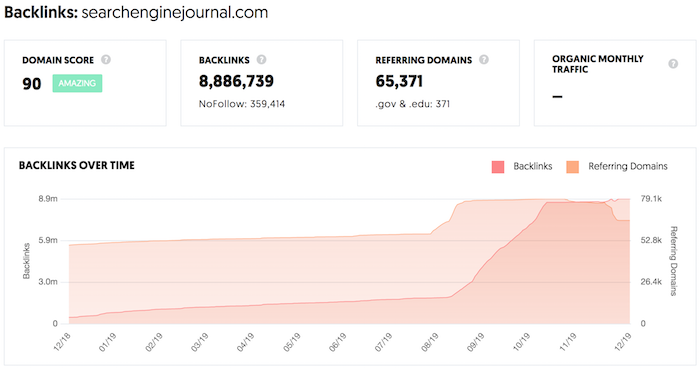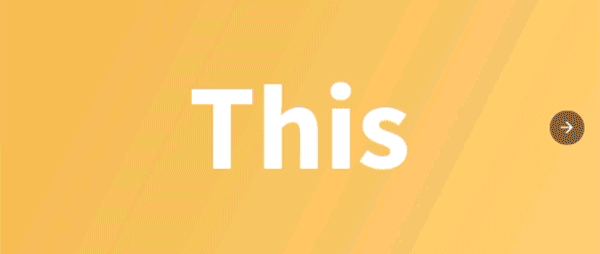The Best Instagram Stories of 2019
Instagram Stories was one of the most dynamic social media channels in 2019. So much happened with Stories — from new developments with the product to strong returns on Stories ads and organic reach.
Over 500 million people use Instagram Stories every day.
I’m definitely among that group.
And at Buffer, Stories has been a major focus in 2019 as well. Within the Buffer product, we debuted Stories scheduling to help you plan and manage your Stories content, and we released advanced Stories analytics to help you know what’s working.
Not to mention, we had a ton of Stories podcast episodes in 2019, which you can find in our archives.
So when it comes to picking some of the best Stories campaigns of 2019, we really have a lot of options. And it’s hard to choose.
The Best Instagram Stories of 2019
We’ll run through a list of our favorites. If there are any favorites of yours that we missed, please do let us know by using #bufferpodcast on any social media channel.
Let’s get right to it then.
1. Tastemade
Some of the best Instagram content is food content. And Stories is no exception! Especially the folks at Tastemade.
Tastemade is a community of food, travel, and design lovers. Their website is chock full of beautiful food videos and shows. They do a great job translating it to their Instagram Stories.
In particular, their “tap fast” format has been so fun to watch.
That’s right. Many of the stories on the @tastemadeuk handle use “tap fast.” These Stories piece together dozens of photos in stop-motion fashion — each photo just a slight movement ahead of the previous. And then you are the one who animates all the images into a moving picture by tapping quickly from one Story to the next.
Collectively, it makes a self-propelled stop-motion video of a biscuit baking or a cooking dunking. It’s awesome.
And it’s good for your Stories stats, too. There’s a ton of incentive to tap all the way through to see how the Story ends up.
2. Brooklinen
Along with food content, music is another big theme for the year. You’ve probably seen your friends and colleagues sharing what they’re listening to on Spotify. You can share your songs straight to Instagram Stories from your Spotify mobile app.
Another way that brands have taken advantage of this is sharing playlists through Instagram Stories.
Brooklinen, for instance, has a great series of playlists. They’ve even branded them with their own name: Brooklinen Beats. Each time Brooklinen shares a a playlist on Stories, they add a swipe up link that sends people to Spotify to listen. Brooklinen debuted a new playlist every week at the start of 2019, and they’ve saved all their playlists to their Stories highlights for people to check out anytime.
3. Burrow
Next up, one of the most creative Stories we saw this year came from the furniture brand Burrow.
They basically created a coloring page for their audience to fill in.
Yeah, the set of Stories was called Dream Sofa. Burrow asked its followers to describe their dream sofa — it could be as wild and imaginative as they liked. Then Burrow provided the sofa template. Burrow shared a drawing of a couch — just the outline in black, on a white background. They posted this to the Burrow Stories, along with instructions on how their community could download the picture and add to it. Then people grabbed the template, added their own stickers and colors, and shared to their personal accounts. Burrow was able to re-share the Dream Sofa Stories back to the Burrow account.Talk about great community engagement and incredible user-generated content!
4. Potluck

For our next top Instagram Story, we’re going back to the world of food. Cookware brand Potluck had a great campaign based on one of the neatest — albeit underutilized — features of Instagram Stories: custom AR filters.
Potluck created its very own Instagram Stories filter called Yes Chef. The filter adds a chef hat and mustache to any faces in the photo.
Many people in their community ended up using the filter on their photos and tagging Potluck in the Stories. The Potluck team was then able to reshare and collect these photos into their own Stories collection, which remains on their profile in their Stories highlights.
Each time Potluck shares a new Yes Chef pic, they give a shout out and an @mention to the person who originally made the photo, another great way to build community support for the brand.
I thought it was also really neat how Potluck did a Story educating people on where to find the filter. Worked great for getting the word out about it!
5. Pattern Brands

Cookware brands really had some awesome Stories this year. Our next pick is from another cookware brand, or rather, from its parent company.
Pattern Brands, which release Equal Parts cookware products this year, had a fantastic series of Stories content that told a really compelling brand story.
(Pattern is the brand featured in our new podcast series that follows the introduction of Pattern, going from nothing to a new product over the course of a few months. You can listen to this series by searching for Breaking Brand wherever you listen to podcasts.)
Pattern’s Instagram Stories campaign is quite simple in concept. They created wallpapers that their audience could download and use as phone backgrounds. We’ll share a couple examples in our show notes. They’re beautiful.
And what’s particularly compelling about how they approached this is that they told a larger story: the backgrounds are watercolors in a soft, calming palette, designed to promote a sense of peace when you’re spending time on your phone. This is right in line with the brand story that Pattern is telling.
6. Allbirds

Allbirds does a great job of bridging the gap between product promotion and customer service. Allbirds uses some of its Stories to share answers to frequently asked questions about its products.
This strategy is such a wonderful display of customer service and value. Allbirds takes these FAQ Stories and adds them to their Stories Highlights so the FAQ is always visible from their Instagram profile. This gives potential customers the chance to find answers to their questions quickly and easily, right from the profile page, without having to wait any time at all to hear back from an Allbirds person.
7. Monica + Andy

Speaking of making great use of Stories highlights, Another Stories campaign we love is the way that brands have built out almost an entire library of content within their Stories.
Take Monica + Andy, for instance. The kidswear brand runs its own podcast, and each podcast episode gets a shoutout on the brand’s Instagram Stories.
What’s particularly great is that each Story shoutout follows a similar template. There’s a photo of the podcast guest plus some nice typography and titles. What Monica + Andy do then is take these Stories and put them all into a Stories Highlights. When you tap on the Highlights, you can thumb through the entire podcast archive, one after the other, and all the images look great and on-brand.
8. Its Nice That
The online design magazine puts together a weekly newsletter to share on their Stories at the end of every week.
It’s a ton of great content, packaged perfectly for Instagram. Each story is its own slide, designed with a unique background and with strong headline copy. You swipe up to go to the Its Nice That website to read more. They’ll share about five to ten articles each week this way — the top content and news from the past few days in a very digestible format.
9. Instagram Story templates

And then one final Stories trend that we really loved seeing this year was the rise of Instagram Story templates. We referenced this a bit earlier with Burrow’s cool example of the Dream Sofa. 2019 introduced a whole cottage industry of Story templates for brands.
A Story template is simply an image with graphics and text that includes a number of blank spaces for people to fill in their answers. Picture a questionnaire or a mad lib.
The Hopper blog listed a huge number of different options of ways to use these templates, many of which we saw on several brand accounts in 2019.The list includes:
- Trending topics, like a “follow Friday” template or a “Five Women who inspire me” on International Women’s Day
- Current affairs, like sporting events, where you can run a guess the score template
- and a personal favorite of mine — Fill-in-the blank emoji templates where you pick an emoji that describes, say, your current mood or the weather or what you did today
How to say hello to us
We would all love to say hello to you on social media – especially Twitter!
- Heather-Mae on Twitter
- Dave on Twitter
Thanks for listening! Feel free to connect with our team at Buffer on Twitter, Buffer on Facebook, our Podcast homepage, or with the hashtag #bufferpodcast.
Enjoy the show? It’d mean the world to us if you’d be up for giving us a rating and review on iTunes!
About The Science of Social Media podcast
The Science of Social Media is your weekly sandbox for social media stories, insights, experimentation, and inspiration. Every Monday (and sometimes more) we share the most cutting-edge social media marketing tactics from brands and influencers in every industry. If you’re a social media team of one, business owner, marketer, or someone simply interested in social media marketing, you’re sure to find something useful in each and every episode. It’s our hope that you’ll join our 27,000+ weekly iTunes listeners and rock your social media channels as a result!
The Science of Social Media is proudly made by the Buffer team. Feel free to get in touch with us for any thoughts, ideas, or feedback.
